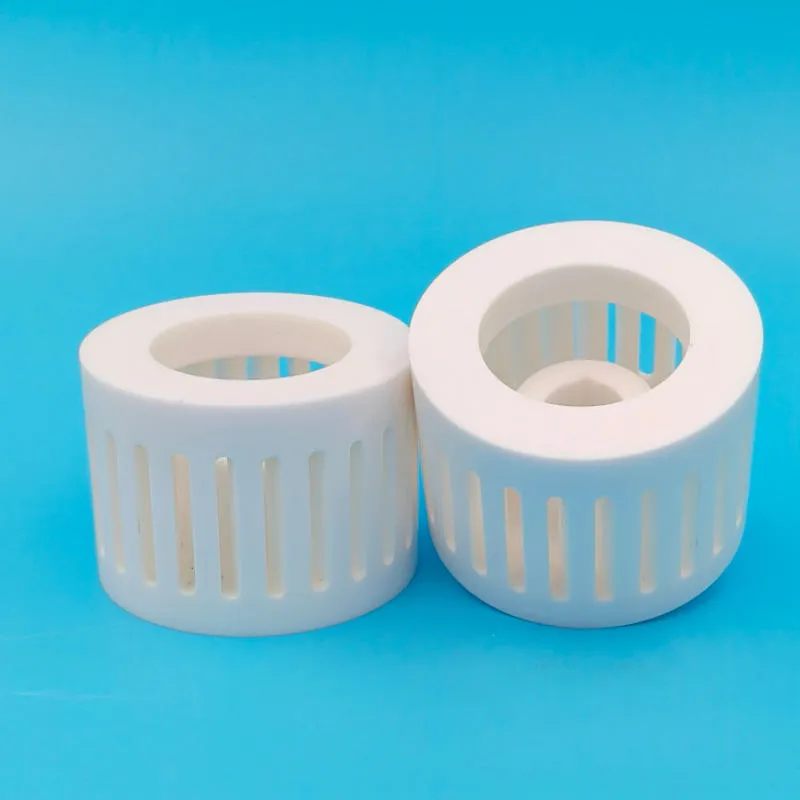Classifying wheels are industrial equipment used for particle size sorting of powders. They use centrifugal force to achieve high-precision separation of coarse and fine materials. They operate at high speeds (up to 10,000 rpm) to precisely classify materials.
Due to the extreme conditions of high speed, wear, and sometimes even corrosion, they place extremely stringent demands on material performance.
Zirconia (ZrO₂), particularly yttrium-stabilized zirconia (Y-TZP), has become recognized as the best material for high-performance classifying wheels due to its unparalleled combination of properties.
ZrO₂'s fracture toughness is significantly higher than that of traditional industrial ceramics such as
alumina and
silicon carbide. This means it is more resistant to microcrack propagation caused by centrifugal stress during high-speed rotation and offers excellent resistance to mechanical shock, significantly reducing the risk of stress-induced fractures during high-speed operation.
Furthermore, through advanced machining processes (such as diamond grinding), zirconia classifying wheels can be machined to extremely high dimensional accuracy and surface finish, which is essential for ensuring excellent dynamic balance and grading accuracy.

zirconia ceramic classifying wheels for air jet mills and classifiers
Why are other materials unsuitable for classifying wheels?
1. Metals (such as steel).
Poor wear resistance and extremely short service life; heavy weight, increased bearing load and energy consumption; and introduction of metal contamination, affecting product purity.
2. Alumina (Al₂O₃).
Low toughness, high risk of fracture under high-speed centrifugal forces; and lower wear resistance than zirconia.
3. Silicon carbide (SiC).
Although harder and more wear-resistant, its toughness is far lower than zirconia and it is more brittle. At high speeds, it is less resistant to impact than zirconia and presents a higher risk of cracking.
4. Silicon nitride (Si₃N₄).
Zirconia offers excellent overall performance (strength, toughness, and wear resistance), but its extremely high cost makes manufacturing such a large and complex rotor uneconomical. Zirconia offers the best value for money.
Zirconia ceramic, with its unique combination of high toughness and high wear resistance, has become the irreplaceable material of choice for manufacturing high-performance classifiers.

